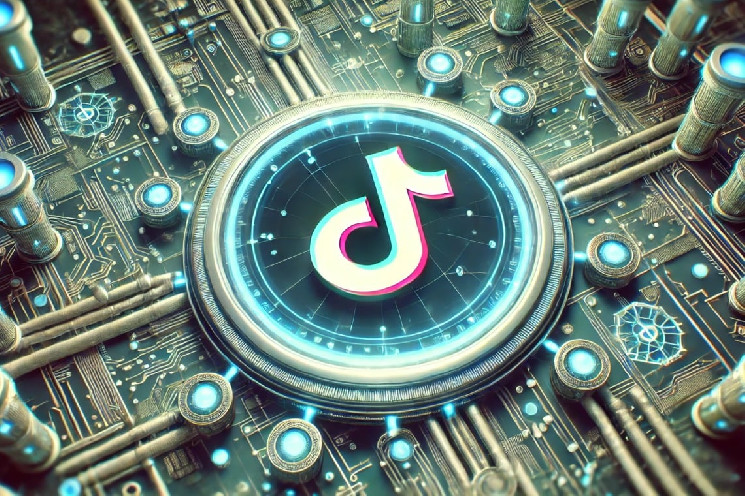Although social media like TikTok have revolutionized communications, TV remains a powerful tool for educating people about blockchain and Web3.
Indeed, the longer formats provide the context and depth necessary for understanding, he said Sander Gortjesco-founder and CEO of Hello Labs. In this article we will see all the details.
Won’t TikTok be the key to educating the masses about blockchain?
In an age where short and engaging content dominates people’s attention, you might think that platforms like TikTok are the unstoppable future of global communication.
However, when it comes to educating the public about complex technologies like blockchain and Web3, television still has a unique and underestimated advantage.
Despite the common idea that television is a relic of the past, its ability to reach large audiences and offer in-depth and well-developed stories remains an important opportunity for the crypto community.
According to the most recent data, 97% of American households still own a television.
While young people may be more attracted to short-form and viral content, the general public continues to turn to television for news, entertainment and to learn new information.
This reality makes television a perfect channel to explain and promote technologies like blockchain, which require thorough education and well-defined contexts.
Television provides structured content that can explain complex concepts with high-quality production and wide reach.
On the contrary, short videos often lack the depth necessary to address the nuances of decentralized finance, digital assets and blockchain.
Web3 content creators are often too focused on speaking to an already knowledgeable audience and fail to reach the so-called ‘normies’, i.e. those who are unfamiliar with these concepts.
Inspiration from Shark Tank and the example of Joe Rogan’s podcast
One of the best examples of television’s effectiveness in combining education and entertainment is the program Shark tank. This series has shown how long form media can be both engaging and educational.
For over fifteen years, Shark Tank has provided a platform for entrepreneurs and investors to discuss startups in an accessible and engaging way.
The program introduced millions of viewers to the basics of entrepreneurship and investing, and showed how a long format can be used to deliver effective education.
Following a similar model, a program dedicated to blockchain and Web3 could do the same and create the technology more understandable for the general public.
The idea is to harness the potential of television to present financial and technological concepts in a structured way, using real stories and practical cases to illustrate the applications and benefits of blockchain.
The podcast of Joe Rogan which has achieved enormous success, also shows the audience’s appetite for long and in-depth formats.
Rogan has gained millions of listeners worldwide through detailed interviews with experts from various industries. This shows that people are willing to spend hours on conversations that explore complex topics in depth.
The success of Rogan’s podcast is a response to those who claim that viral videos will spell the end of traditional media like TV. Clearly, there is still a demand for content that offers complete immersion in important topics.
Educating the public about blockchain therefore requires something more than short videos that only capture snippets of attention.
TV as a bridge to the mainstream
As we know, blockchain, DeFi and Web3 are not easy topics to understand. They require depth of explanation and context that only long-form media can provide.
The TV story can show how these technologies work in real life, allowing viewers to see practical examples and success stories.
Despite the popularity of social media, relying solely on short-form content to teach complex concepts risks trivializing the subject.
The blockchain is not a passing trend, but a technology with the potential to transform various sectors. Reducing the message to a few seconds therefore entails risks undermine its impact and not conveying true value.
For Web3, the goal is to achieve mass adoption. This requires the ability to educate everyday people, including those who don’t spend time discussing blockchain on X (formerly Twitter) or Discord.
TV, with its fame and credibility, could be the bridge that brings blockchain into the homes of millions of people.
Web3 projects should consider using television as part of their communications strategy. It is no longer the focal point of home life, but it remains a powerful medium that can tell the story of the blockchain in an effective and comprehensive way.
Ignoring the potential of television would be a missed opportunity to educate and attract a broader audience.

